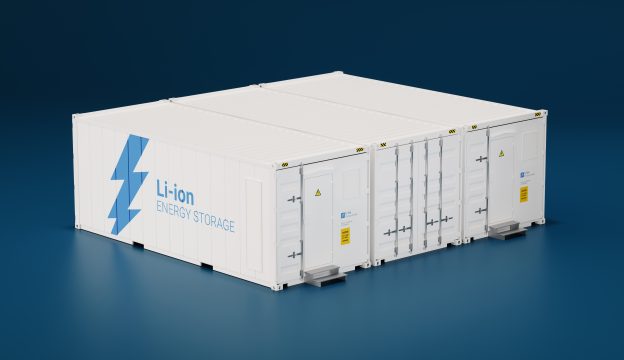
Wireless charging has enabled users to neglect the specifications of charging cables from various smartphone manufacturers, as well as prevented wear and tear for plugs and cables. So is this concept applicable on electric vehicles and trucks? American scientists have recently succeeded in testing a wireless charging system for electric trucks, and the transmission efficiency was achieved at 92%, along with a bi-directional charging function.
According to the press release of the Oak Ridge National Laboratory (ORNL), the research team had tested the 20KW bi-directional wireless charging system on the hybrid truck of United Parcel Service (UPS) in February this year, and achieved a transmission efficiency of more than 92%, where the 27cm charging distance also allows trucks of high chassis to charge successfully.
What is the principle behind wireless charging for electric vehicles? It works similar to that of smartphones, though the charging port is switched to an electromagnetic coil. First, the primary coil (transmitter coil) receives alternating current from the power grid, which is converted into direct voltage before a high frequency inverter converts it back to alternating current, where a magnetic field is created. The electricity is then once again converted into direct current when shifted from the air to the secondary coil (receiver coil) located below the truck in order to charge the battery.
ORNL pointed out that it takes about 3 hours to fully charge the 60KWh battery of the truck, whereas a traditional charging station will take about 5-6 hours.
In addition, this system is also equipped with a bi-directional charging system. Differentiating itself from traditional unidirectional charging stations that can only charge electric vehicles, the bi-directional charging device allows an electric vehicle to transform into a large portable battery, and transmit electricity back to the power grid, which is considerably useful when balancing the power grid or during power cuts.
Electric vehicles also come with the function of “energy storage” that stores renewable energy such as solar and wind power, and transmits the electricity within the battery to the power grid. Omer Onar, supervisor of the technical team, expressed that 50 units of hybrid trucks can provide energy storage of MW level. Though ORNL also added that the bi-directional charging system still require multiple testing before commercialized, and relevant regulations must also be revised.
Having researched on wireless charging for years, ONRL had already developed a 20KW wireless charging system back in 2016 that was suitable for the general electric vehicles, with a charging distance at 15cm and an efficiency of 90%, and its transmission efficiency was elevated to 120KW in 2018. The charging time for light & medium-duty electric vehicles and hybrid vehicles may catch up to the refueling speed of fossil fuel vehicles, upon successful commercialization in the future.
(Media partner: TechNews. Cover photo source: ORNL)







